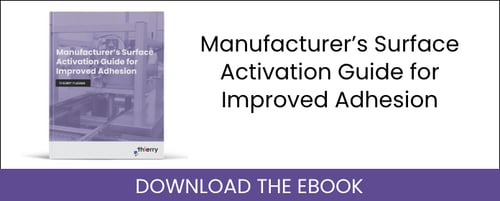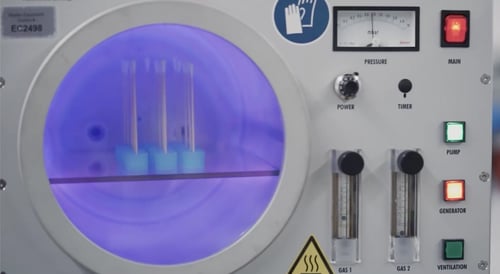Plasma technology has the ability to infuse monomers into the plasma and coat surfaces with thin layers of varying properties. These properties include making surfaces
hydrophobic or hydrophilic.
Hydrophobic is a term used to describe a material that repels water. When water is put onto a surface with a
hydrophobic coating it will bead up causing it to have a very large contact angle. Hydrophilic coatings are exactly the opposite. This makes the surface attract water and allows it to wet its surface. This high
wettability causes a very low
contact angle. This attribute can be applied to a surface by cleaning, activating or by coating it with a thin
hydrophilic layer.
Hydrophilic coatings are polarized which is why they are attracted to water, which is also polar, whereas hydrophobic coatings are non-polar, which is why it will repel water.
Uses for Hydrophobic Coatings
Plasma coating can be used to apply
hydrophobic coatings and
hydrophilic coatings to many types of surfaces such as all technical materials, metals, glass and ceramics. These properties can be very useful and can be utilized in many industries. The repelling of water can make it difficult for surfaces to harbor bacteria, hence why it is popular for
hydrophobic coatings to be used on medical and surgical tools. The textile industry also takes advantage of
hydrophobic coatings by using it to make water-repellent cotton.

